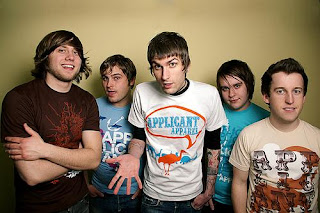Age identity does not have the same exigency and sequence as it proved to have in bygone art eras, with the thrust and showcase of artists bred right from the classroom. What has become the norm, the exhibition of youthfulness, “Younger Than Jesus” exudes a familiarity like that of a more-substantial-than- average version of Philadelphia's First Friday.
 Holland Cotter, journalist for the New York Times, writes "'Younger Than Jesus' doesn’t have a comparable sense of unity, texture or lift. It is, despite its promise of freshness, business as usual. Its strengths are individual and episodic, with too much work, particularly photography, making too little impact," and I could not agree more. The solitary accord that this exhibition can claim is that of the age of its artists, further emphasizing the problem with artist identity. If the artist's ages were not divulged, harsh criticism would fall upon this manifestation, leaving the curators to appear scatterbrained; age, and identity, has become unity.
Holland Cotter, journalist for the New York Times, writes "'Younger Than Jesus' doesn’t have a comparable sense of unity, texture or lift. It is, despite its promise of freshness, business as usual. Its strengths are individual and episodic, with too much work, particularly photography, making too little impact," and I could not agree more. The solitary accord that this exhibition can claim is that of the age of its artists, further emphasizing the problem with artist identity. If the artist's ages were not divulged, harsh criticism would fall upon this manifestation, leaving the curators to appear scatterbrained; age, and identity, has become unity.Artists are forced to constantly remind themselves of their race, gender, and age in order to produce works that are acceptable, empowering, and understandable; withholding the identity of an artist from the audience withholds importance and meaning of the art itself . Viewers are bound to interpret art differently knowing the race, gender, and age of the artist. For instance, a work created by a white, male artist holds different meaning than that of a black, female artist, even if it is the same subject matter. While the understanding should be conveyed in the artwork, knowing the identity of the artist further emphasizes the work's significance. Artists are now left to exhibit themselves rather than their talent, ideas, and creativity.




